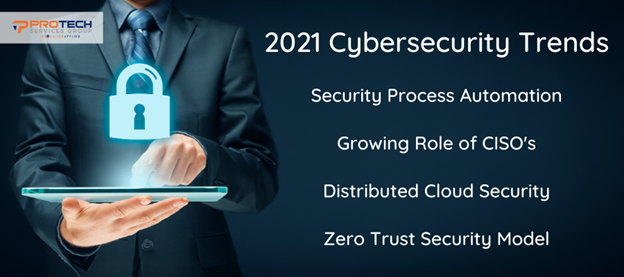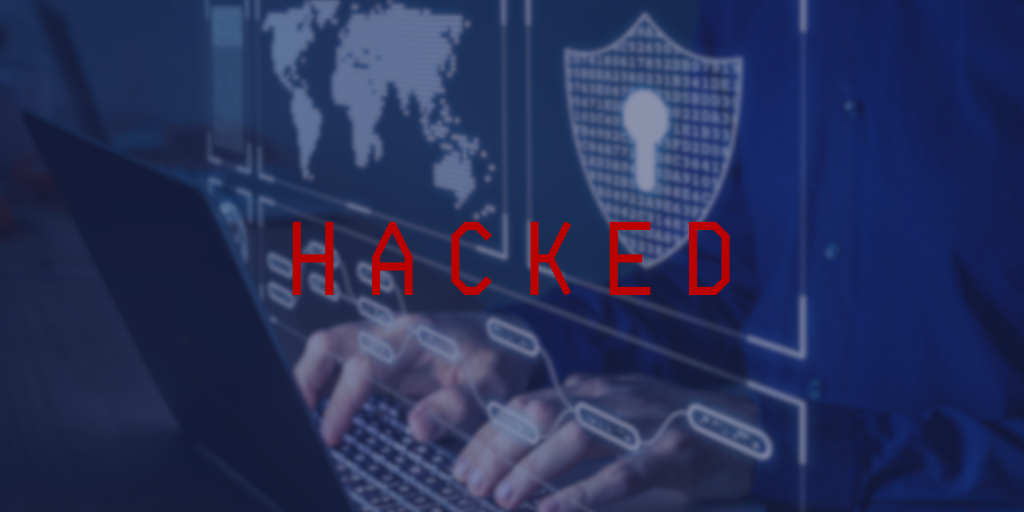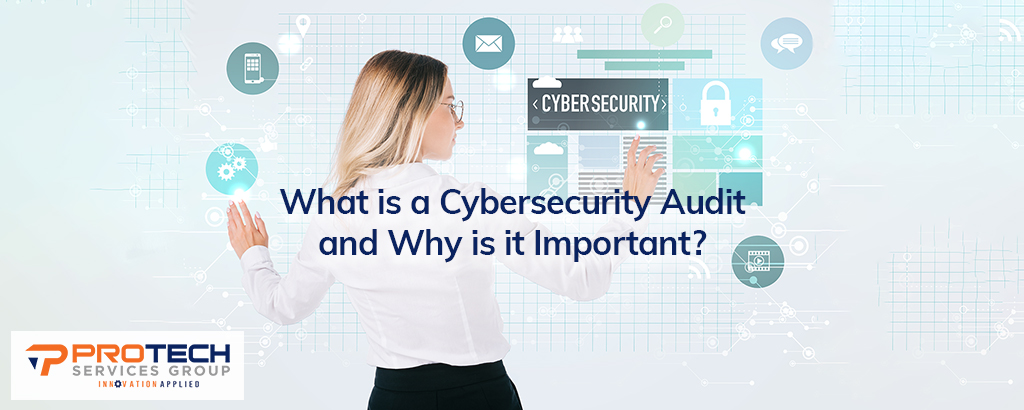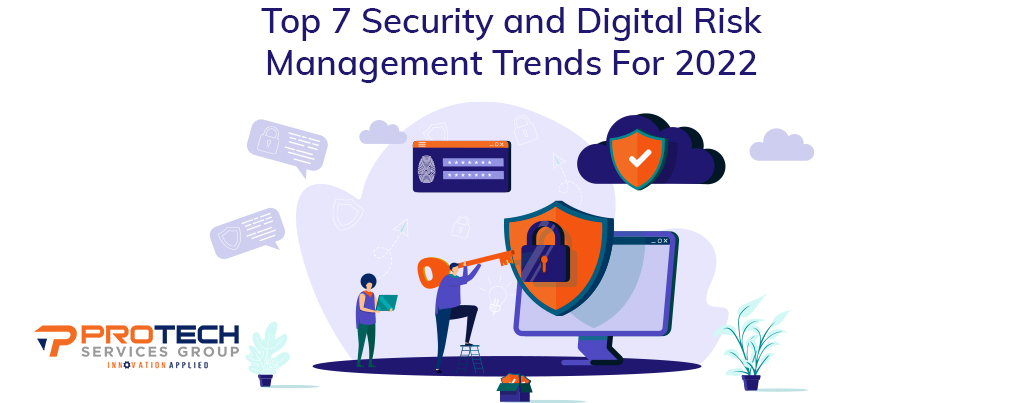2020 has been nothing if not unexpected. With a record number of employees working remotely from home for the first time, we all experienced first-hand the evolution of the digital world as it responded to the changing needs of its users. According to Gartner, 88% of global business organizations either required or encouraged employees to work remotely from home during the pandemic.
This shift has increased the need for collaboration and communication software and for cloud-based storage solutions, but this shift has also had negative ramifications for the safety of data. In 2020 alone, the number of data breaches has grown by 273%. Remote working has exposed a large gap in modern cybersecurity solutions.
Cybersecurity Risks In 2021:
Ransomware experienced a significant boom in 2020 and will continue to be one of the biggest concerns in 2021. The tremendous increase in ransomware attacks is directly related to the growing number of employees working from personal devices on public internets, where there is much less security and where cybercriminals can easily gain access.
The threat of Insider Attacks has also increased due to the pandemic. According to the 2020 Verizon Data Breach Investigation Report, even before the pandemic, insider threats caused 30% of data breaches, and with a rise in remote working, this trend is expected to grow. Without even recognizing it, employees can accidently open spam or ransomware and, with the reduced security due to remote working, these attacks are more likely to succeed and attack company data.
However, because of the evolving needs of the workforce, cybersecurity solutions have progressed significantly during the pandemic.

Security Process Automation:
Security Process Automation tools eliminate the need for repetitive, manual processes by performing them automatically. With the use of software such as AI and Machine Learning and approaches such as DevSecOps, security risks are automatically detected and mitigated. These processes can reduce the time it takes for security teams to recognize a risk, make a decision, and respond. In the long run, process automation can save a company lots of time, money, and invaluable data.
Growing Role of CISO’s:
Companies have faced an immediate need for improved security services and so Chief Information Security Officers have experienced a growing responsibility at the executive level. The global push for enhanced security has proven how integral CISO’s are to an organization’s success and have encouraged these officers to play a greater role in the organization’s overall processes and decision making.
Distributed Cloud Security:
While cloud storage has become universally popular over the past several years, Distributed Clouds will become especially popular in the next few. Gartner defines distributed clouds as clouds which are publicly available in different physical locations but are maintained and governed by the public cloud company. The distributed cloud model improves latency issues and offers a lower cost cloud solution. With the continued expansion of the cloud, cloud-based security stacks can be especially important in preventing cloud-based threats from attacking essential business documents and applications.
Zero Trust Security Model:
The shift to cloud-based security solutions has drastically changed the way security experts protect data. Using on-site security solutions, organizations protect their perimeter, allowing only a few holes for external access. However, with the sudden increase in remote workers accessing their business assets from any number of devices and any number of locations, the perimeter is more porous than ever, allowing hackers more ways to access company data.
For these reasons, security teams need to reassess their security strategy and create a solution that defends from both external and internal attacks. One such method is the Zero Trust Security model. In order to keep data safe, this model removes any trust and ensures that each user, device, and application is verified before gaining access to the network.
The year of 2021 will continue to see advancement of programs and technologies which have including 5G Networks, Artificial Intelligence, Machine Learning, etc. However, 2021 will also see a continued improvement on technologies on which the modern workforce has grown to rely, such as online meetings, cloud computing, and improved cybersecurity.
Looking for a Cybersecurity Solutions Provider?
Call our Cybersecurity Team to learn more about ProTech’s layered security approach and how it can help protect you from threats and attacks. For details, contact
ProTech Services Group, your local IT service provider!









